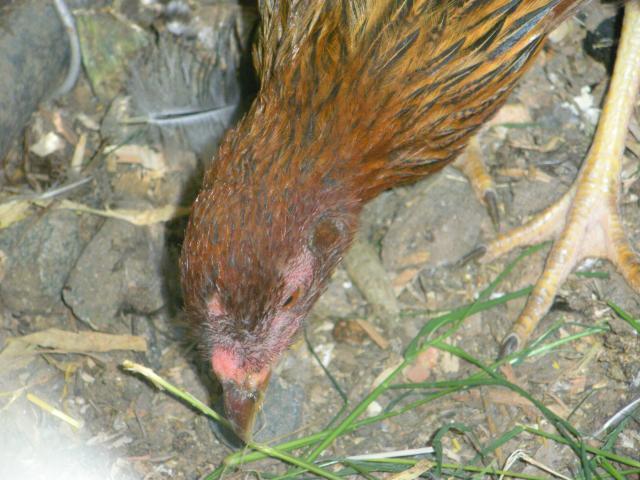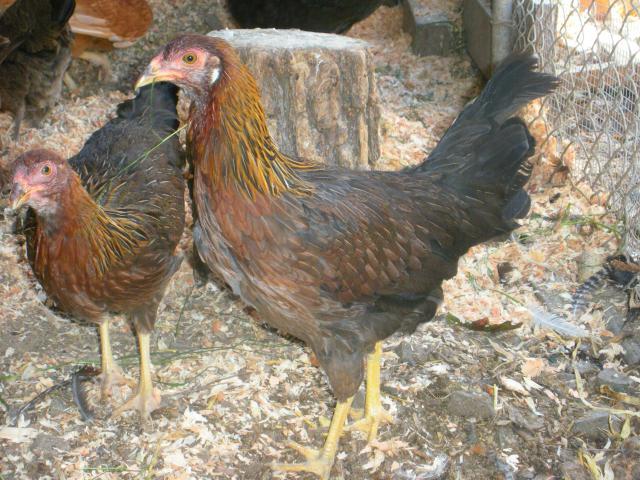i just got two koppe hens and i want to start a project but i need a roo for these girls . so if anybody has an idea let me know . they are a great breed very friendly , they fly very well eat anything they can grab . i really enjoy them . any info would be great i've read all i can find on the internet about them .
 they are'nt the best but you got to start some where right and these are not easy to find i got these two by accident but glad i did . please i need a roo anybody ?
they are'nt the best but you got to start some where right and these are not easy to find i got these two by accident but glad i did . please i need a roo anybody ?



Last edited:






